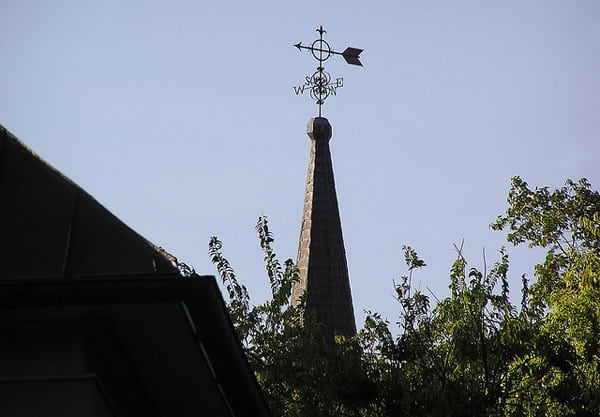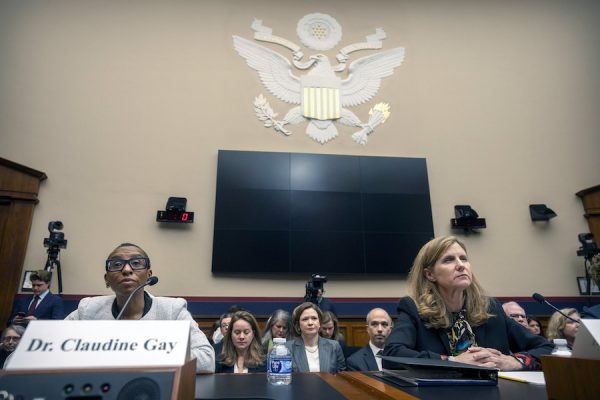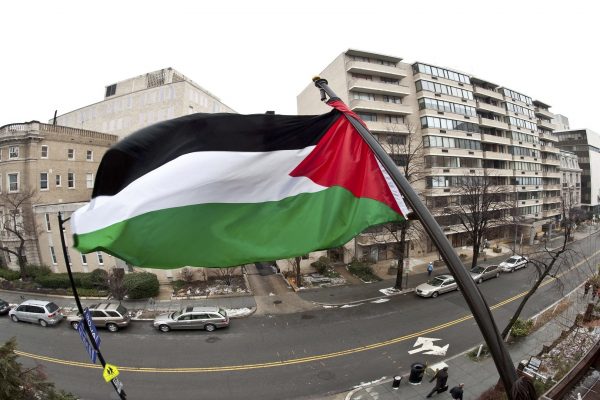Dylann Roof’s admitted murder of nine black churchgoers in Charleston, South Carolina, may provide white Americans a sort of comfort. Not that white Americans wanted this; it should go without saying that the overwhelming majority did not.
The comfort lies in the old-fashioned nature of Roof’s racism. Thanks to his Confederate flag waving, proud support for segregation, jacket ornamented with symbols of apartheid, history of reading white supremecist websites, and chilling words—“You rape our women, and you’re taking over our country, and you have to go”—his commitment to racist ideology could not be more explicit. There is no need to go looking for the ghost in the machine, the impersonal institutional mechanisms that ensure white supremacy and black disadvantage in spite of formal equality before the law; no need, seemingly, to concern ourselves with the privilege that implicates every white person. There is no need to ask why. Everyone can agree that a bad and stupid man did a bad and stupid thing because he considers blacks inferior, and it is his fault.
Those who conclude from this slaughter that racism manifests in individuals, and that America still harbors such individuals, are of course right, though there was no need to wait until now to recognize this. Overt racism is not rare. Last year saw the high-profile case of former Los Angeles Clippers owner Donald Sterling, who, capping a lengthy career in the art of racial insult, was recorded asking his girlfriend, “Why are you taking pictures with minorities? Why? It’s like talking to an enemy.” And in the sovereigntist and insurrectionist corners of the American right, the Nevada rancher and slavery apologist Cliven Bundy remains a kind of hero. These are just promintent examples of bigoted speech; there are also about 6,000 reported hate crimes in the United States each year—against blacks, Jews, Muslims, gays, and other minorities—many of which go largely unnoticed outside the victims’ immediate neighborhood.
Harder to discern amid the perverse comfort of dumb personal racism are the carefully crafted systemic factors we ought still to keep in mind. Even as we recognize that these people are racists, we must also understand that they live in society and history, that they are the products of the world around them, that, as Jelani Cobb says of Roof, “Even if he acted by himself, he was not alone.”
But what does this ecology of racism look like? It, too, is not as explicit and boorish as flags and websites celebrating white supremacy, the signs and grievance machines of a deluded or lunatic fringe. When we trace the contours of black life—political, economic, daily—we find a great deal of disadvantage and insecurity even where there are no latter-day Confederates or manifestos of hate.
You won’t find many pickups sporting the Stars and Bars in New York City, but that is where Eric Garner was strangled to death by police; where Kalief Browder took his own life after three years’ imprisonment without trial; where Sean Bell was shot fifty times by police; where compstat, stop-and-frisk, and “broken windows” flourished in an effort to discipline nonwhite populations under the veil of colorblind patrolling methods. In cosmpolitan regions such as Chicago, Baltimore, New Orleans, Philadelphia, the San Francisco Bay, and Washington D.C., intractable poverty, discriminatory housing policies, the well-known biases of the criminal justice system, and a mixture of neglect and malfeasance at all levels of government have effectively criminalized black manhood and consigned once-upwardly mobile communities to decades of decay. Northern cities such as Boston and Chicago are rigidly segregated.
Racial oppression in America has no geographic boundary; its symbolic vocabulary extends well beyond the Confederate flag, Klansman’s hood, and swastika tattooed on the Aryan brother’s bicep. Its intellectual resources also are not limited to stormfront.org and its followers. This last point may be the hardest to come to terms with, since racism is often associated, in the minds of its opponents, with ignorance. But highly intelligent people—some of them working in academia, newsrooms, courts, legislatures, governors mansions, and executive offices—promote oppression through a program of colorblind racism justified and informed by nuanced legal and philosophical argument. Their efforts have prevented the government from actively seeking equality through affirmative action, voting rights protection, and school integration while conveying a message of moral condemnation little different from that carried by Jim Crow, which was the legally race-neutral stand-in for slavery and the Black Codes: you, blacks, are officially equal, therefore you are to blame for your disadvantages.
Roof’s massacre reflects one especially awful aesthetic of racism as it exists in America today, but it occurred in continuity with the rest—with police and vigilante violence, elevated black unemployment, discrimination by zip code, cultivated colorblindness. Had Roof never attacked anyone, that racism would have lost none of its potency. To the extent that his grave crime encourages us to equate oppression only with its most overt manifestations, symbols, and geographies, that potency will remain and perhaps grow.








